The Pixel Fold is the best foldable but Google needs to learn software from Samsung
Samsung outdoes Google on what Google does best
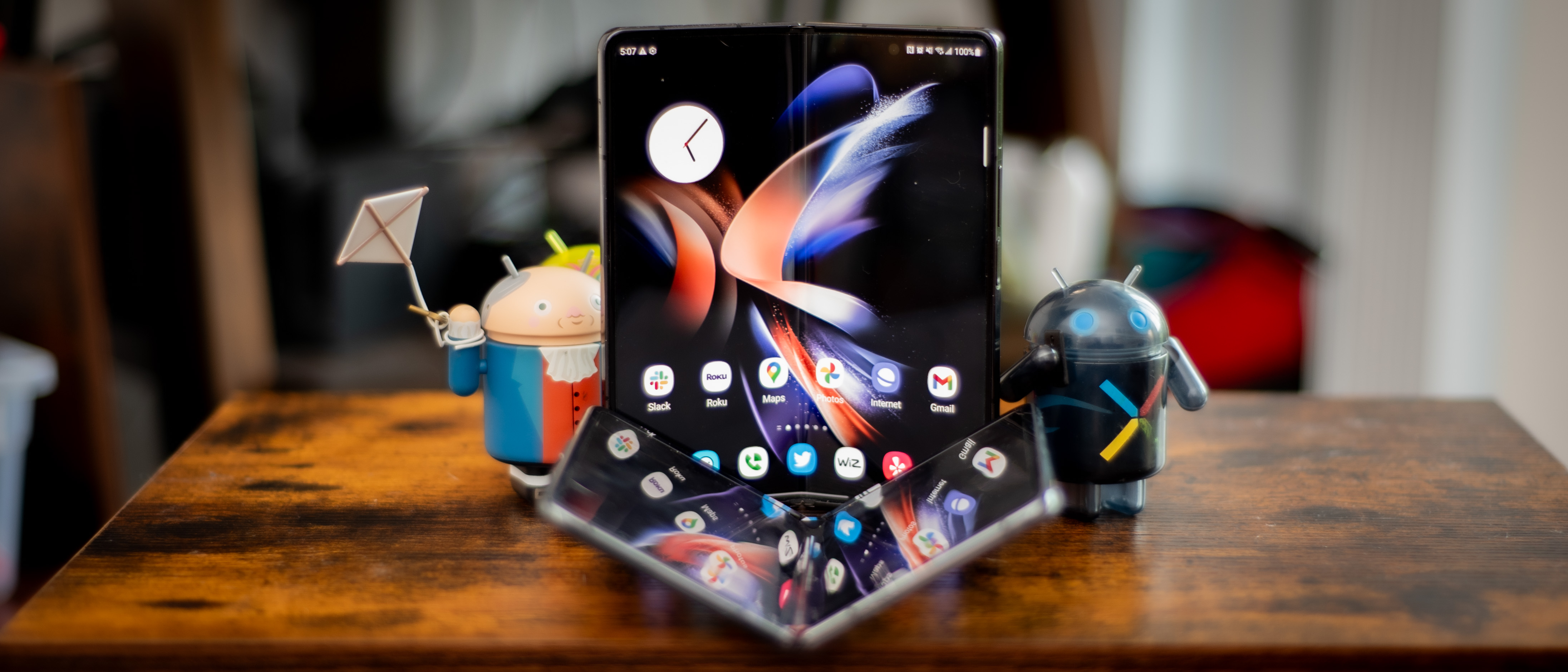
If there’s a truth in Android phones, it’s this: Google makes the best software and Samsung makes the best hardware. Besides Android itself, Google’s Android design is considered the best software, like the interface on the best Pixel phones. Samsung hardware is the best you can get, including the Galaxy S23 Ultra and myriad components, especially Samsung displays. Then, a strange thing happened this year. Everything switched.
Google made a foldable phone. Google has been making phones for a long time, kind of. It used to make phones called Nexus phones, but it would outsource the job of actual phone making to other phone makers. Samsung made a few Nexus phones, but some were also made by LG (eg. Nexus 5) and even Huawei (eg. Nexus 6p).
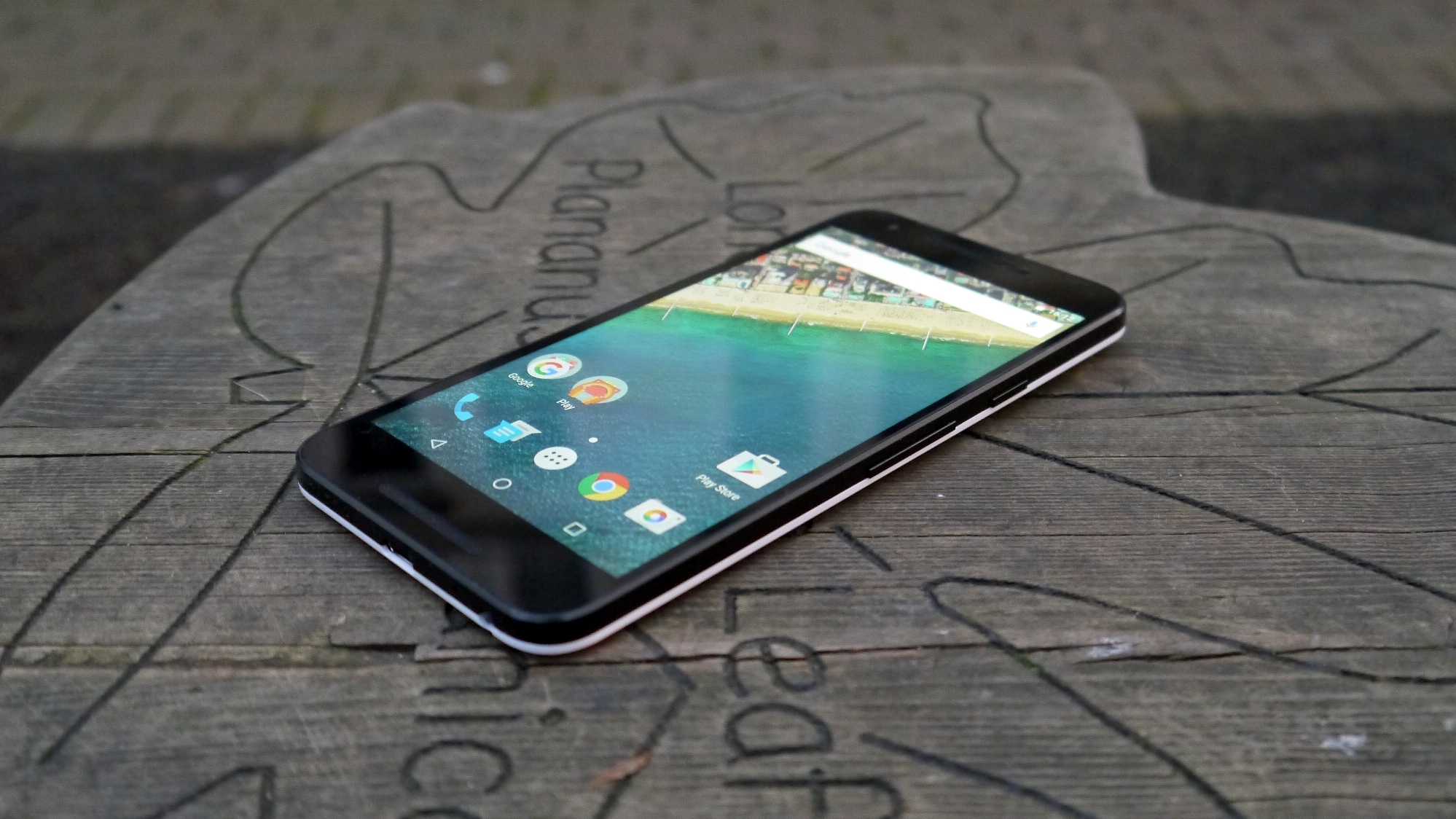
When Google started making Pixel phones, it designed its own hardware, inside and out. The phones have been okay, but they're not the best phones you can buy, and not even the best Android phones. That’s been by design, because until recently, with the Pixel 6 Pro, Google Pixel phones were inexpensive bargains compared to premium phones like the Samsung Galaxy S23.
Google phones used cheaper materials and cheaper parts. The phones cost hundreds less than expensive Samsung flagship phones. If you bought a Google Pixel phone, it was because you loved Google’s software, not because the phone was very good.
Now, Google phones are very good. Maybe not the best phones you can buy, but very close to the top. If you really love Android, the Pixel 7 Pro is the top phone I recommend, though the Galaxy S23 Ultra is a better all-around phone for everyone, not just Android fanatics.
Google made better choices on its first foldable
Google made a foldable phone, and it’s also very good. In fact, the Pixel Fold is my pick for the best foldable phone you can buy, if you want a big, folding tablet display. I use the Motorola Razr Plus more often because I love the compact size, but the Pixel Fold is a real powerhouse, and it gets a lot right.
In fact, the Pixel Fold gets things right that Samsung gets wrong; things that Samsung has been getting wrong with every generation of the Galaxy Z Fold device for years. Google revealed some fundamental flaws in Samsung’s choices, and that’s why it makes the superlative Fold.
Sign up for breaking news, reviews, opinion, top tech deals, and more.
The biggest difference is the aspect ratio of the cover display. Google uses a squat and wide cover display, while Samsung uses a slim and tall screen. They are both small; they feel smaller than a normal smartphone display when you use them.
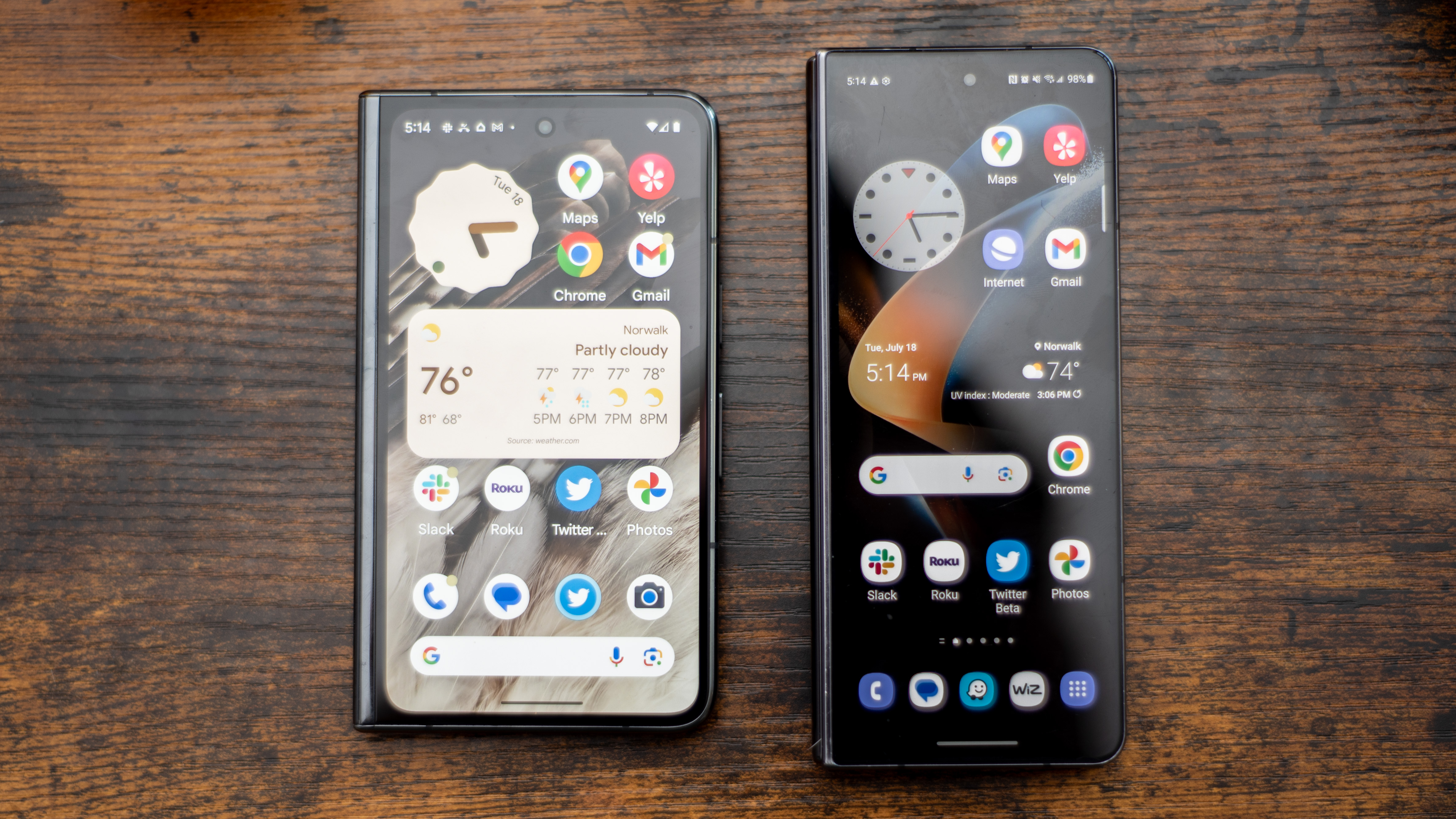
Each feels like a sacrifice, but on the Pixel Fold, the extra width makes everything look much better. Apps look better. Photos are easier to see. My home screen is easier to navigate. Forgetting the big display inside, if I were stuck using just the cover screen on these two phones, I’d opt for the Pixel Fold over the Galaxy Z Fold 4 every time.
Google also didn’t skimp on the cameras on the Pixel Fold, and even if it doesn’t use the best sensors available, it still benefits from Google’s software magic. The Galaxy Z Fold 4 is no slouch, but it’s a mystery why Samsung, maker of the best and most diverse camera phone hardware, neglected to give its most expensive phone even a hint of its best camera gear.
It didn’t take very much for Google to surpass Samsung on foldable cameras. The Pixel Fold uses the same camera as the Pixel 7a, Google’s cheapest phone in the Tensor G2 family. Once you take the photo, you get to edit with exclusive Google Photos tools that are only available on Pixel phones. You can unblur a shot, remove unnecessary background stragglers, and generally make your image pop.
Samsung's foldable phone software improves each year
This is all so weird. Google shouldn’t be making better hardware choices than Samsung. Samsung should be crushing Google on hardware. We should be asking Google to use Samsung to make its next Pixel foldable phone, but instead I’m hoping that Samsung eventually learns from Google’s choices.
What’s even weirder is that I hope Google learns from Samsung’s software. My biggest problem with the Pixel Fold is software. Samsung does software on its Galaxy Z Fold 4 much better than Google on its Pixel Fold.
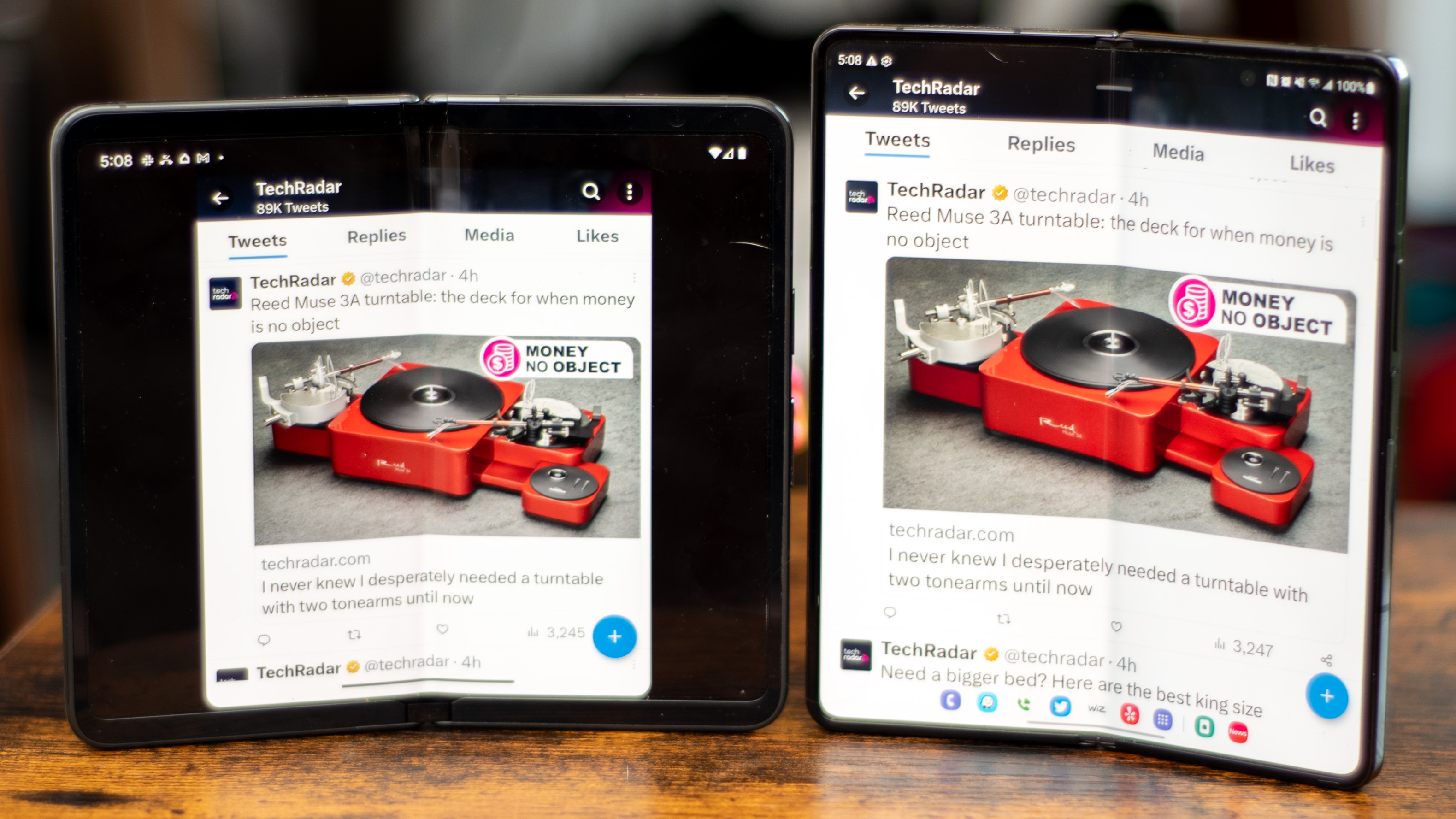
Every bit of software. The interface runs better, with more multitasking options. Apps look much better on Samsung’s foldable than on the Google Pixel Fold. Open Twitter on the Galaxy Z Fold 4 and it fills the screen. Open it on the Pixel Fold and you get big bars on the sides. On both phones you get the same amount of content from your timeline, but on the Google phone it looks … wrong.
You can rotate the Google phone 90-degrees and Twitter then fills the screen. Some apps want to be held one way, some want another. If you hold the phone wrong, you get pillarbox bars. I’m constantly rotating the Pixel Fold when I switch apps, and it’s very annoying.
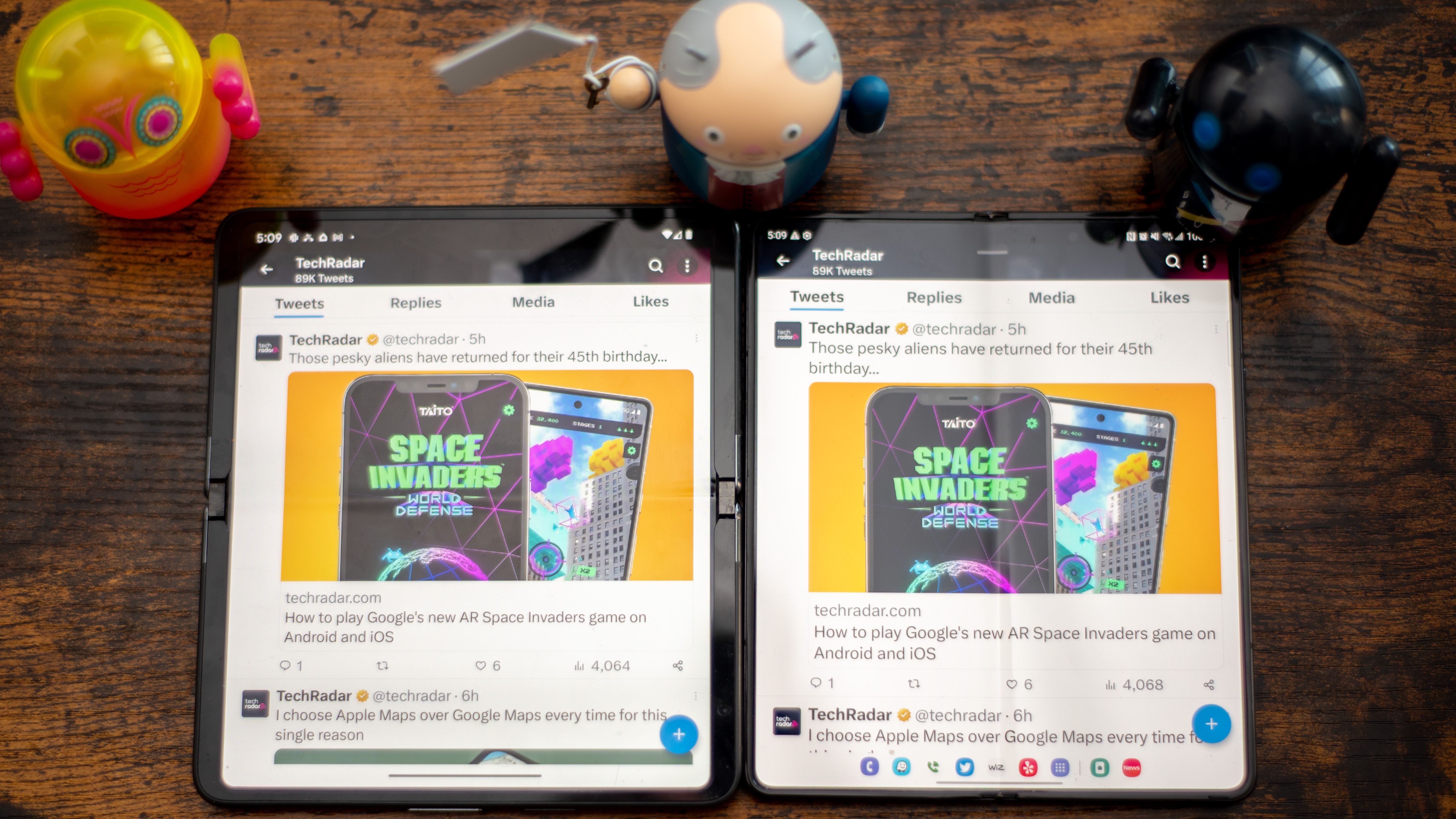
On the Galaxy Z Fold 4, I can run two apps side by side, and I can run an app or two in a pop-up window as well. To get there, I swipe up to see the whole app window, then drag the window where I want it to go. It works intuitively, just like on my Windows computer. If I want to shrink a window down to a pop-up, I just drag from the corner to make it smaller. I didn’t look for instructions, it’s exactly how I would expect this to work.
On the Pixel Fold, I have to swipe up and pause and find a small button that says “Split,” and it isn’t as clever, intuitive or polished as it is on the Samsung. There’s no pop-up option. I can’t even do a top-bottom split like I can on the Samsung, only side-by-side, unless I rotate the phone again and make left and right the top and bottom. Google’s software isn’t easier or better. It’s quite basic compared to what Samsung has accomplished.
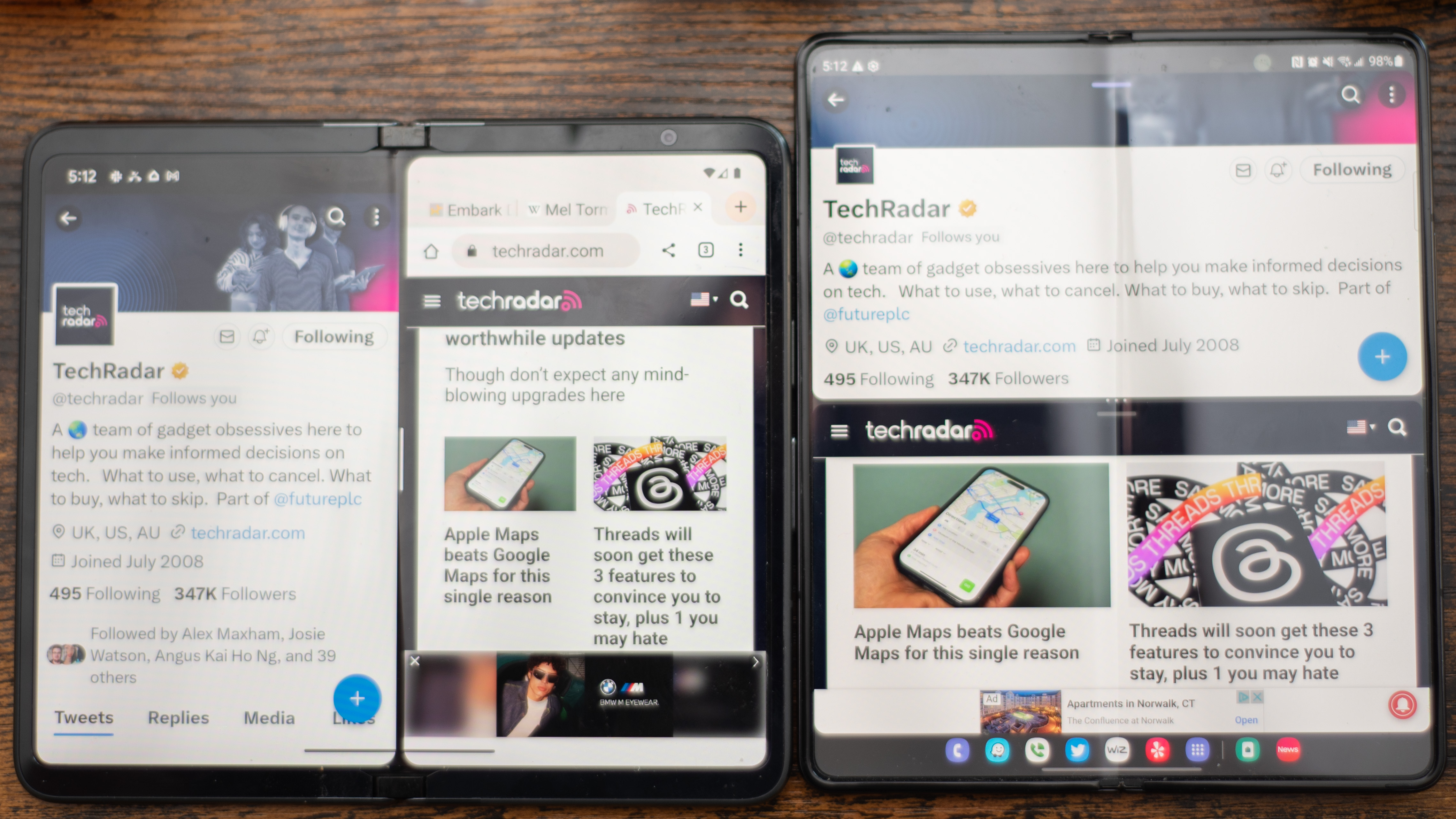

The more you dive into the Galaxy Z Fold 4, and all of Samsung’s Galaxy phones, the more features you uncover. Samsung has long offered edge panels that creep in from the side of the screen, for instance. On the big Z Fold 4 main screen, these panels give you a feeling of control and organization like you’d have on a desktop monitor.
I'm worried more about the next Pixel Fold than the next Galaxy
it may be harder for Google to catch up
For the Pixel Fold, Google didn’t do much to improve Android. There are very few new features, widgets or apps to take advantage of a big screen, let alone a device with two displays. The Pixel Fold is a competent Pixel phone, but it isn’t very special as a foldable, especially compared to the complexity and maturity of a Samsung Galaxy Z phone.
The next Samsung Galaxy Z Fold 5 is coming soon; the company has already sent invitations picturing a foldable phone for an event next week. Right now, we only have rumors to guide us, and we don’t have info about any huge changes coming to Samsung’s phones.
That’s just fine. Samsung has shown refinement year after year, and its Galaxy Z Fold 4 is already generations ahead of what Google offers. In terms of software, that is. The tables have folded in half, then turned on Google. While we wait to see how Samsung will catch up to its frenemy in foldable hardware decisions, it may be harder for Google to catch up to Samsung’s exemplary foldable software.

Starting more than 20 years ago at eTown.com. Philip Berne has written for Engadget, The Verge, PC Mag, Digital Trends, Slashgear, TechRadar, AndroidCentral, and was Editor-in-Chief of the sadly-defunct infoSync. Phil holds an entirely useful M.A. in Cultural Theory from Carnegie Mellon University. He sang in numerous college a cappella groups.
Phil did a stint at Samsung Mobile, leading reviews for the PR team and writing crisis communications until he left in 2017. He worked at an Apple Store near Boston, MA, at the height of iPod popularity. Phil is certified in Google AI Essentials. His passion is the democratizing power of mobile technology. Before AI came along he was totally sure the next big thing would be something we wear on our faces.